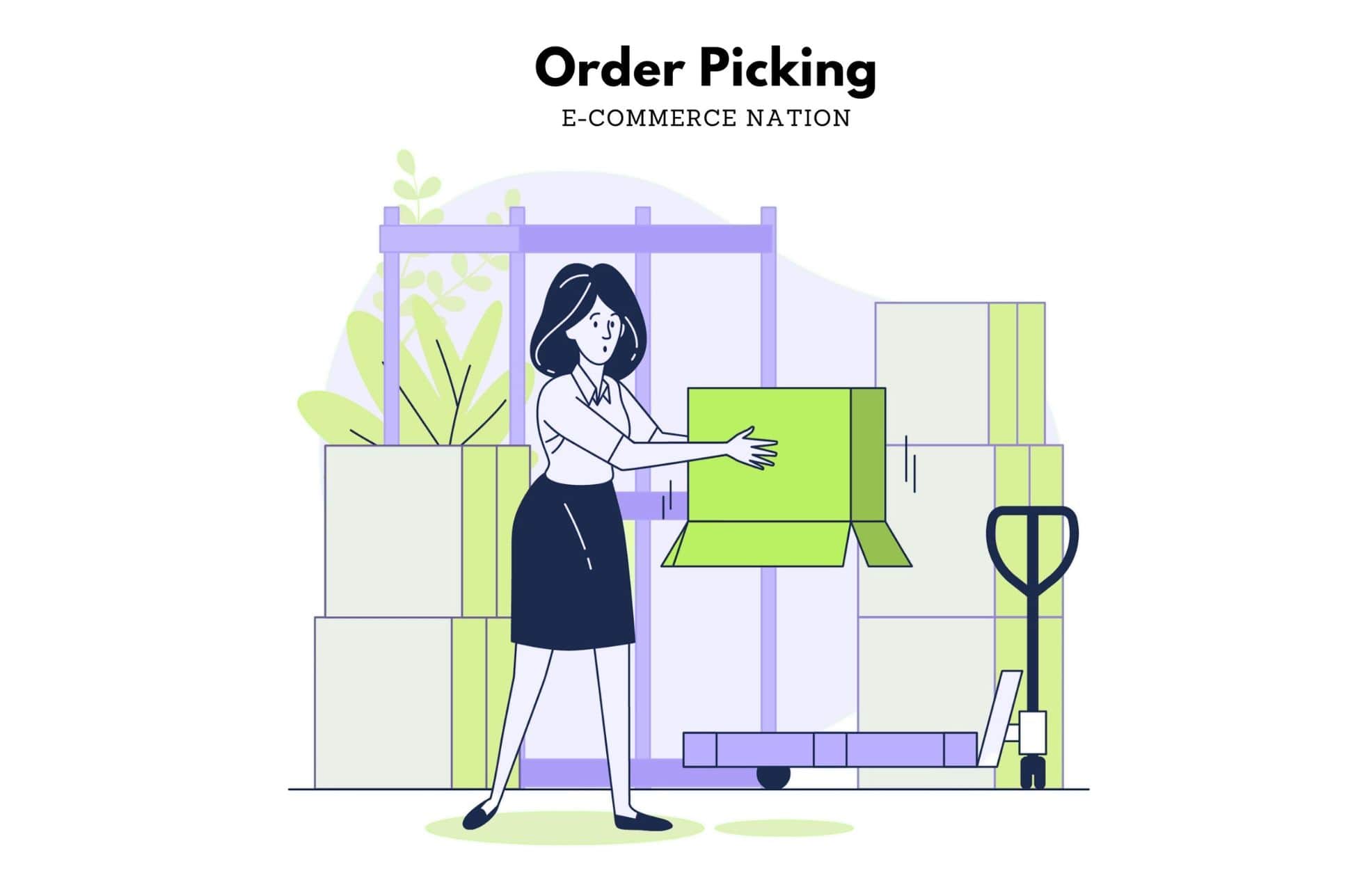If your domestic market works well, it’s time to start looking across the border to new opportunities. E-commerce professionals are starting to look more and more towards going international with their sites, and there are plenty of advantages to doing so. This transformation, which requires time and close attention to details, should most definitely be considered. If current markets are proving successful for your E-commerce, there’s a good chance that it will work in a neighbouring country.
There are several factors to think about when attempting to take your E-commerce global: marketing, language, currency, lifestyle, and administrative issues, as well as other things to consider. Nevertheless, with the ability to be able to communicate with anyone in the world instantaneously, the internet allows for such a step to be taken relatively simply.
Understanding the Potential of a Market
Selling abroad requires knowledge of the country you want to target. It’s important to study your potential targets, first in a global study of the market and their trends, and then you can focus your study a little further to narrow down the most receptive audience for your products.
For example, Europeans might have an average cart purchase that is less than Americans, but they tend to purchase more frequently than Americans. The three top countries in terms of E-commerce are the UK, Germany, and the Netherlands. Sweden also typically has a higher average cart, but their purchase frequency is lower than the European average.
Lifestyle and also life quality has a huge impact on E-commerce and should be considered. Different salary scales and overall economic health of your target country will have a big impact on whether or not your product is apt for commercial sale. The price of your product will be an important factor on your sales, as they would domestically- but it’s important to think about how the added cost of export will affect your prices, and whether or not your margins can stand to take the hit to stay competitive.
How to overcome Language Barriers
One of the best ways to lose all credibility and trust with your products and your online store is to have a sub-par Google translated site. Also, the goal isn’t to reduce the amount of content on your site to avoid as much risk as possible- which can kill your SEO referencing. This won’t afford you more credibility and your customers will get the impression that you don’t particularly care about them. Even if the translation can be expensive, it will pay for itself in giving your customers the experience they expect when they come to your site.
If you use WordPress for your E-commerce site, there is a plugin that allows you to make a multilingual site. The tutorial below explains the plugin Polylang which will allow you to offer your articles, prices, and pages in several languages.
httpss://www.youtube.com/watch?v=dKnQh0Td9L4
Language isn’t the only thing you need to adapt. You should also consider showing prices based on the currency used in your target country. This is yet another factor that gives you credibility with your audience. However, credibility and trust are nothing if your audience doesn’t have enthusiasm for your site. Thus, you should always adapt your site accordingly for each country you target and personalize their customer experience.
Adapting your Communication to the Expectations and Habits of your Target Market
Your communication needs to be adapted for your target country. The design that you put in place should be coherent with the target culture, and the different holidays and seasons should be taken into account in your marketing. If you want to open your E-commerce to China, for example, taking into account when the Chinese New Year falls can help you adjust your marketing accordingly. Your target audience will appreciate the importance that you give them.
We all know that colours have a significant visual impact in marketing, and these significations vary depending on the country and culture targeted. It’s necessary to use your market studies to understand the colours used in this country and adjust your visuals.
These details are paramount from the first visit to your site, and there are several other elements to take into account.
Delivery: Speed and Accessibility
If delivery costs are the #1 reason customers abandon their E-commerce carts, this is an important factor to mitigate when exporting. With international shipping feeling a little less sure than domestic, there are three main difficulties confronted with international delivery:
- Delivery time
- Price
- The combination of delay and spiked delivery costs
You have to find a way to get your products to your customers with the least cost and the fastest transportation. As you develop in your target country where you want to export, you can invest in stocking your inventory directly while, at launch, this might be too costly or risky.
In the meantime, you should consider the different opportunities concerning logistics to find a happy medium. The best way to figure this out is to look at what your competitors do and play copy-cat. As soon as you can lay out your strengths and weaknesses against your competitors, you can try to get your cons up to their pros, and improve your pros past your competitors. In order to get a foot in the door in your target country, you can create links with implanted partners or develop a franchise system on a local scale.
Exporting is a great way to boost your E-commerce sales, but be sure to pay close attention to the conversion of your currencies, delivery delay, and your overall customer experience. These factors can be the difference between going international with ease or falling flat on the foreign ground.





